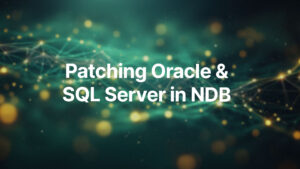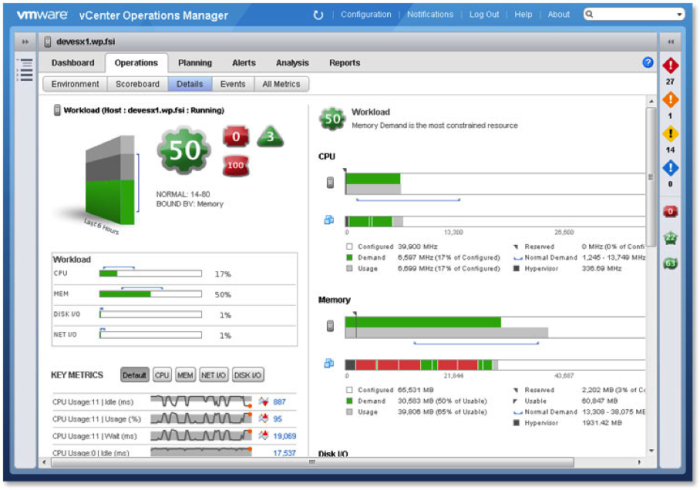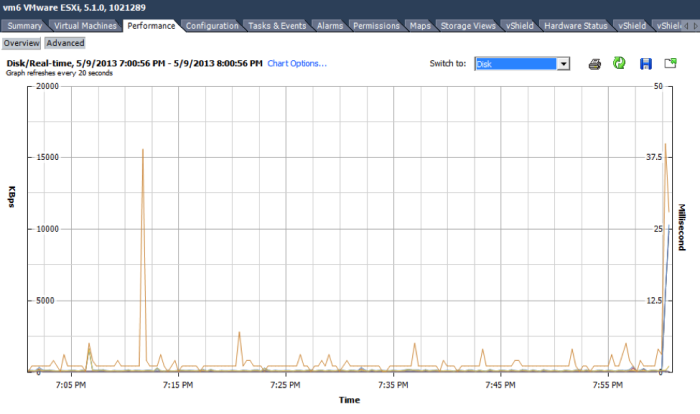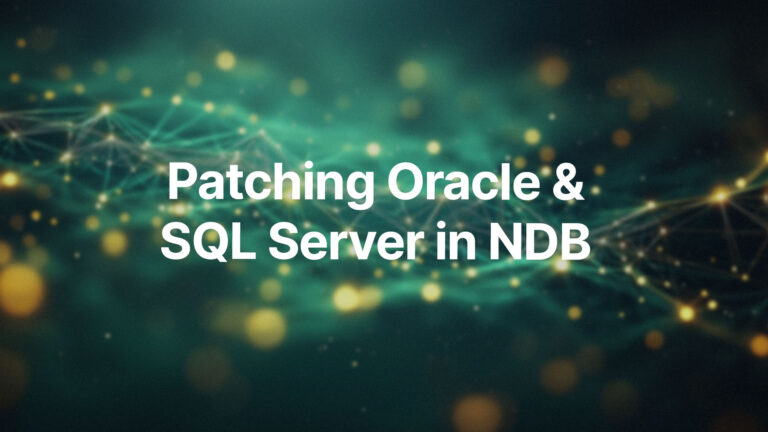House of Brick Principal Architect
Earlier this week, a blog post by guest blogger Christian Wickham was posted at VMware.com entitled: “Hidden benefits of virtualisation – reboot time and the impact on server availability and regular operations”. In this blog, Christian discussed a hidden benefit of virtualization – the positive impact to business on the shorter reboot times of servers. This post hit the proverbial
nail on the head, but after taking the time to digest it, a few more subtle benefits of virtualization popped into my head. Some of these might be even more important to you than others, but all are greatly beneficial to businesses everywhere.
These benefits include:
- Memory savings through Transparent Page Sharing (TPS)
- Quick and simple hardware upgrades
- Quicker infrastructure performance triage
- Policy compliance through template standardization
Memory Savings
VMware vSphere has the ability to detect duplicate memory blocks on a host and deduplicate them – lending to reduced physical memory consumption on a host.
The amount of memory block deduplication potential grows if you run multiple VMs with the same operating system or programs on the same host. As you can see in the screen shot above, the amount of memory that can be effectively shared between virtual machines on a host can be quite substantial. This savings, in turn, can yield a greater VM consolidation ratio, which saves you more money because you have less hardware to license. Saving money is always good!
Simple Hardware Upgrades
Think about how much time over the last couple of decades you have spent doing server upgrades – not because of the software, but because of the hardware. The operating system and core software was probably just fine, but since the hardware was aging out, you had to put together a long-winded project. Downtime was planned. Late weekend nights were usually required to make it work with the least impact to the business.
Nowadays, thanks to virtualization, this is a complete nonissue. Hardware upgrades are a drag and drop event that can be performed whenever you wish, all with no interruption to service. Just add the new hardware to the virtual cluster and migrate your virtual machines over. Remove the old hardware from the cluster and you’re done!
Quicker Performance Triage
VMware vCenter builds performance statistic histories for you over time. vCenter Operations Management (including the free vCOps Foundation edition) builds a historical performance baseline automatically. If you suspect something in the environment is not healthy, a quick glance at the vCOps dashboard can help you see what is abnormal in the environment.
(Image source: http://www.vmware.com/products/datacenter-virtualization/vcenter-operations-manager/overview.html)
Even just the historical views within vCenter can be enough to help you start down the right path of performance troubleshooting and remediation by showing you the performance metrics that matter.
Policy Compliance
Last, but certainly not least, comes the means to ensure server policy compliance, thanks to the standardization that comes from using virtual machine templates. Pre-load all of your best practices, policies, and organizational requirements into that VM template. At the deploy time, all of these normally time-consuming requirements become part of the deployed based VM. It is a gold standard, and the potential for human error or inconsistencies because of things like hardware differences or a different installer are now completely removed.
Hopefully these subtle benefits can help you as you work towards total virtualization of your datacenter.









